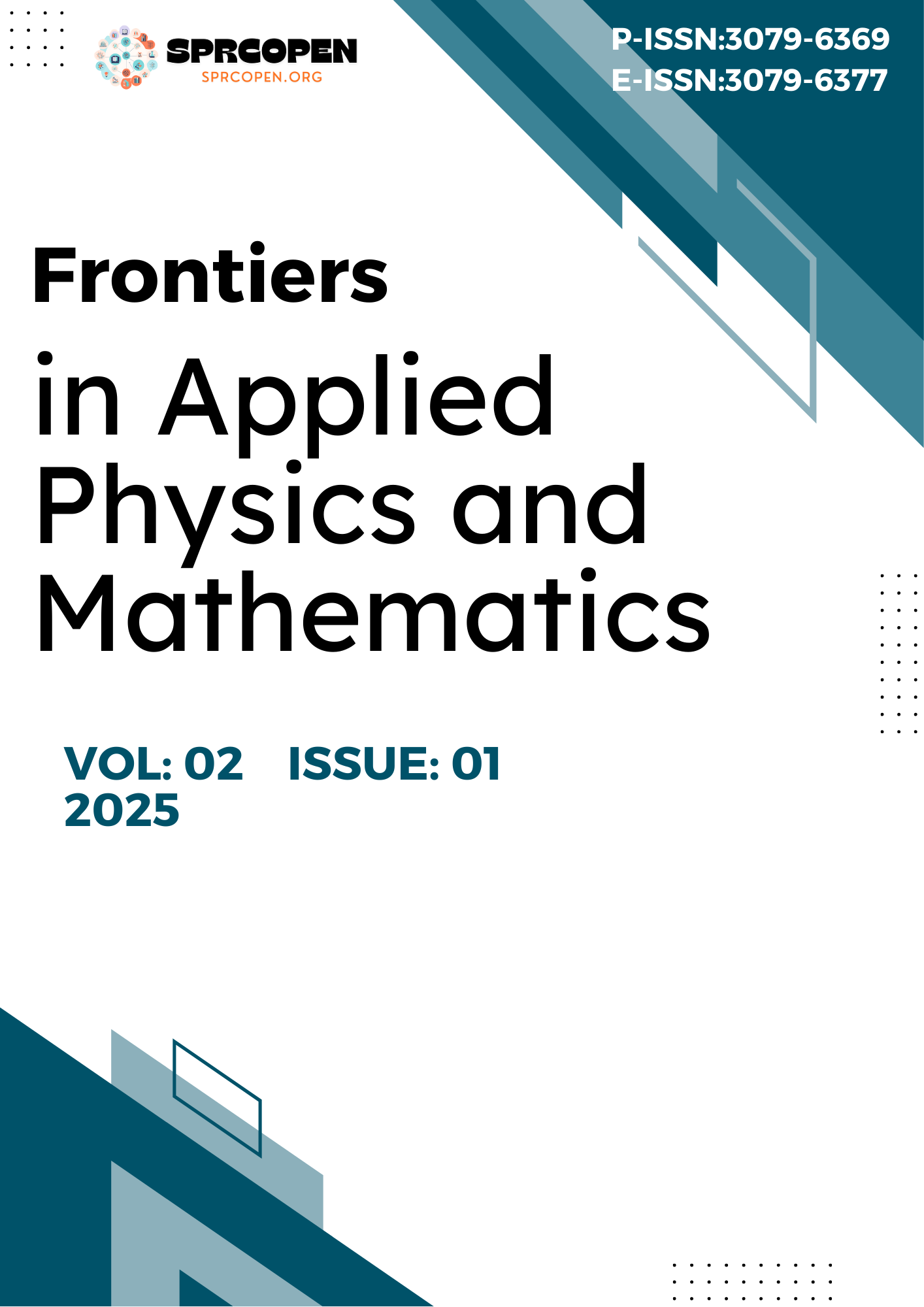Simulation of Power Grid Resilience: An AI Approach to Assessing Vulnerability and Aiding Real- Time Response
DOI:
https://doi.org/10.71465/fapm29Keywords:
Power Grid Resilience, Artificial Intelligence, Graph Neural Network, Deep Reinforcement Learning, Cascading FailuresAbstract
Modern society's profound dependence on a continuous supply of electricity makes power grid
resilience a matter of critical national importance. The increasing frequency and intensity of
extreme weather events, coupled with aging infrastructure and evolving cyber threats, expose the
vulnerabilities of conventional power systems. Traditional resilience assessment methods, such as
N-k contingency analysis, are often static, computationally intensive, and inadequate for capturing
the complex dynamics of cascading failures in real time. This paper proposes a novel, integrated
Artificial Intelligence (AI) framework to enhance power grid resilience through proactive
vulnerability assessment and intelligent real-time response guidance. The methodology employs a
two-stage approach. First, a Graph Neural Network (GNN) is developed to model the power grid as
a complex network, learning topological and electrical features to accurately identify critical
components and predict the propagation paths of cascading failures under duress. Second, a Deep
Reinforcement Learning (DRL) agent is trained to formulate optimal, adaptive restoration
strategies following a disruption. The DRL agent utilizes the vulnerability insights from the GNN to
prioritize actions, aiming to minimize restoration time and the amount of unserved energy. The
framework's efficacy is validated through high-fidelity simulations on a standard IEEE test grid
under various simulated extreme event scenarios. The results demonstrate that the GNN model
significantly outperforms traditional methods in identifying non-obvious, high-impact
vulnerabilities. Furthermore, the AI-guided restoration strategy substantially reduces system
recovery time and energy loss compared to conventional heuristic-based response protocols. This
research underscores the transformative potential of AI to shift grid management from a reactive
to a proactive and predictive paradigm, offering a powerful new toolkit for operators to plan for
and respond to large-scale disturbances.
Downloads
Downloads
Published
Issue
Section
License
Copyright (c) 2025 Yue Wang (Author)

This work is licensed under a Creative Commons Attribution-NonCommercial-NoDerivatives 4.0 International License.




